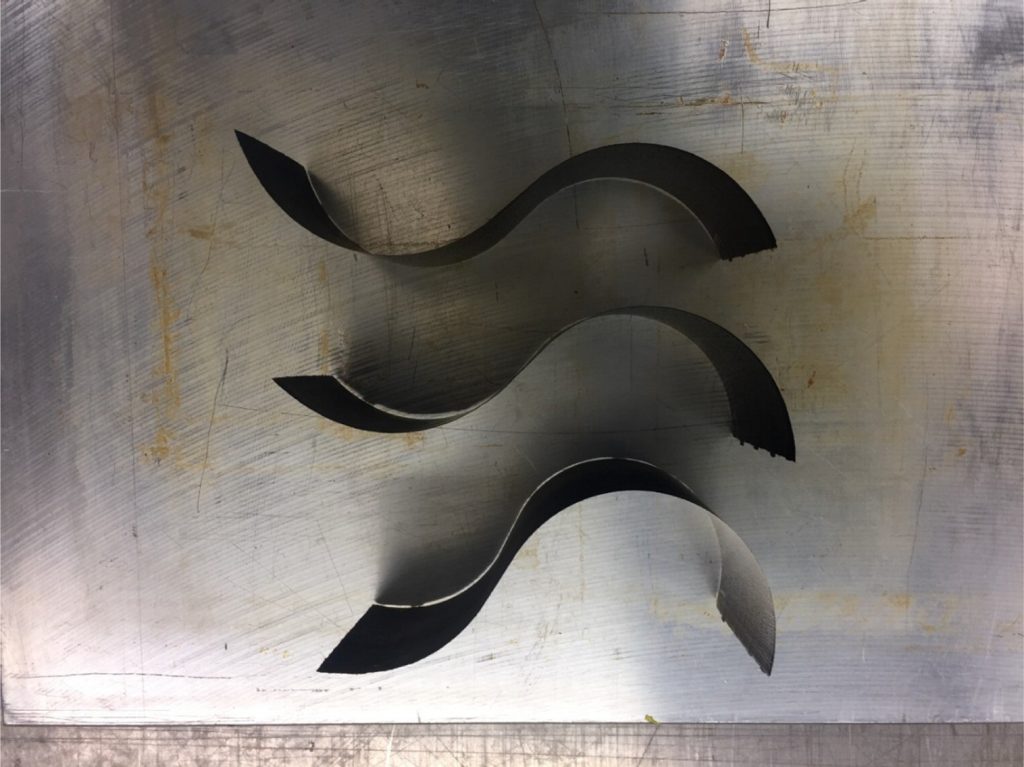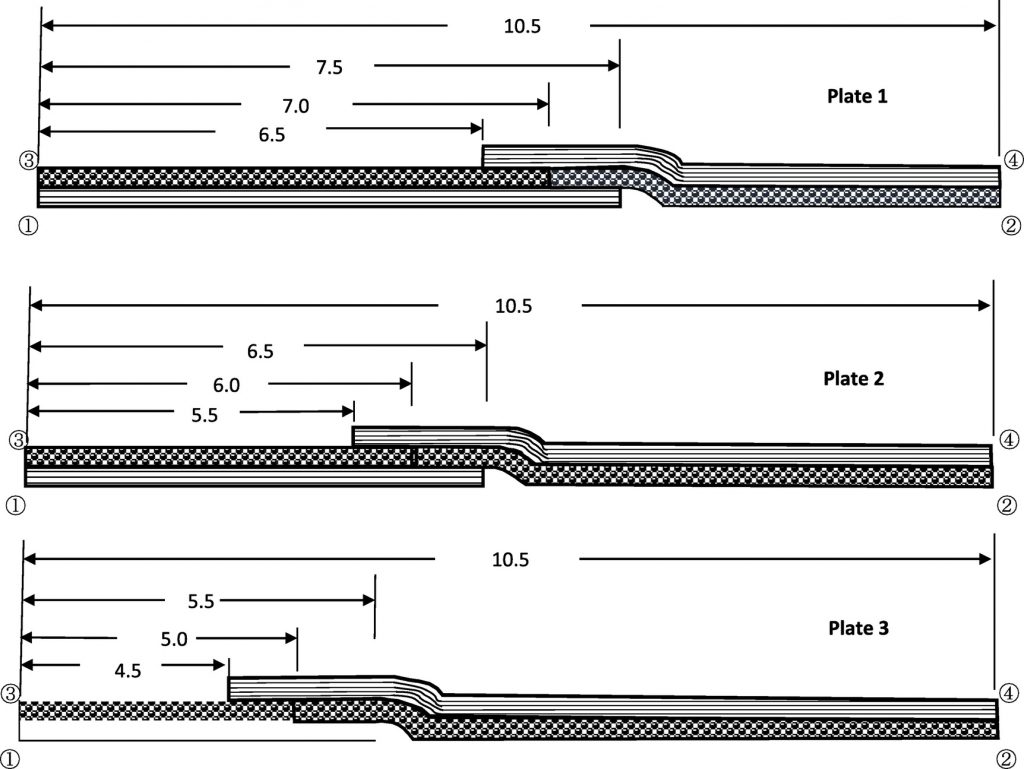3D printing composite materials without the use of molds is highly valuable to manufacturers seeking innovative, lightweight and strong components. By cutting out the middle man, businesses can save time and money when delivering products to customers across a broad range of industries.
Such methods would, for example, be valuable to the marine industry that relies on boat hulls made from fiberglass. Aerospace makes use of composites in aircraft panels, and racecar bodies are commonly made of carbon fiber.
4D printing, i.e. 3D printing components then activating a change in shape, is one possible method of making mold-free composites.
Suong Van Hoa, a professor in the Department of Mechanical, Industrial and Aerospace Engineering at Concordia University, Montreal, is researching 4D printing and its capacity for making composites. In Van Hoa’s most recent paper on the topic, he finds that 4D printing is capable of making curved composite pieces “more quickly and economically” than 3D printing alone.

Advanced Manufacturing: Polymer & Composites Science
The process
The goal of the Concordia study was to make curved, S-shaped parts without the use of molds of 3D printed support structures – bypassing time lost to the fabrication and post processing stages of production. In addition, the parts would contain long, continuous fibers which contribute to the overall strength and integrity of a part. The method developed by Van Hoa utilizes the shrinkage of a deposited resin as it cools.
Van Hoa explains, “4D printing of composites utilizes the shrinkage of the matrix resin, and the difference in coefficients of thermal contraction of layers with different fibre orientations to activate the change in shape upon curing and cooling.”
First, base epoxy resin is impregnated with carbon fibers using an automated fiber placement (AFP) technique.
Layers of prepreg resin are then deposited depending on the orientation of their fibers.
The differing layers are laid flat, one over the other, in a pattern as seen in the diagram below.

After layering, the flat material is cured and cooled, which results in a curved S-shaped part.
Engineering grade 4D printing
“The degree of shape-changing depends on the material properties, the fibre orientation, the lay-up sequence and the manufacturing process,” explains Van Hoa. “This behaviour can be used to make parts with curved geometries without the need for a complex mould.”
“As such,” he adds,
“manufacturing of pieces of curved shapes can be fast and economical.”
The plan now, according to the study’s conclusions, is “to develop engineering parts with complex geometries using this concept.”
An ultimate origami algorithm developed at the Massachusetts Institute of Technology (MIT) may hold some potential for the future of 4D printing to make end use products. Teams at ETH Zurich and TU Delft are also providing valuable groundwork in the field.
“Factors affecting the properties of composites made by 4D printing (moldless composites manufacturing)” by Suong Van Hoa is published online in Advanced Manufacturing: Polymer & Composites Science journal.
For all the latest news and research subscribe to the 3D Printing Industry newsletter, follow us on Twitter, and like us on Facebook.
Sign-up for the 3D Printing Industry Jobs Board here and seek your next opportunity.
Vote for your winning research team of the year in the 2018 3D Printing Industry Awards.
Featured image shows S-shaped pieces of 3D printed composite material. Photo via
Advanced Manufacturing: Polymer & Composites Science



